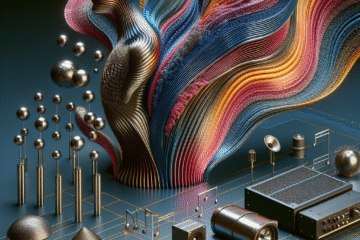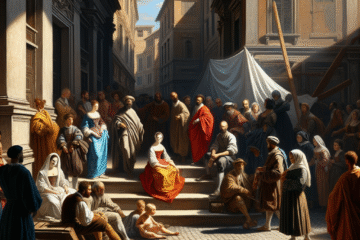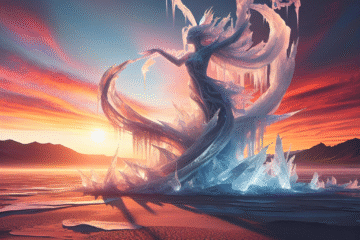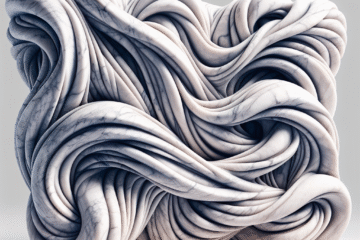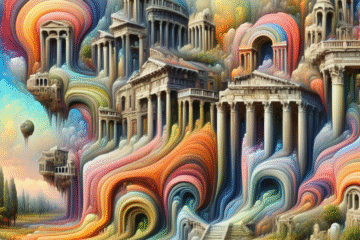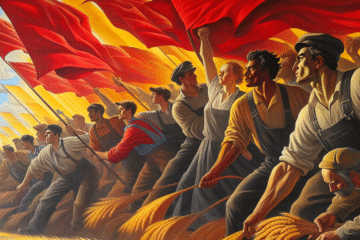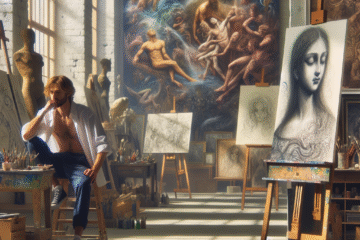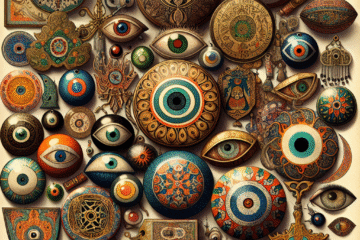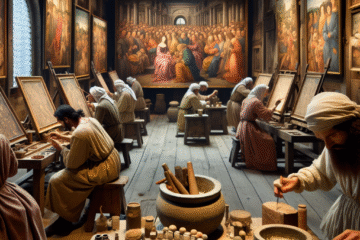The Sculptor’s Pulse: How Contemporary Artists Carve with Sound Waves
Image title: Whistling vessel Medium: Ceramic Date: 400–500 CE Source: The Met Collection “ You can’t stop the waves, but you can learn to surf. ” — Jon Kabat-Zinn The Sculptor’s Pulse: How Contemporary Artists Carve with Sound Waves Introduction: Sculpting Beyond Sight and Touch In the 21st century, the boundaries of sculpture are being redefined, not by stone or bronze but by vibration, resonance, and the invisible forces of sound. The age-old Read more…
